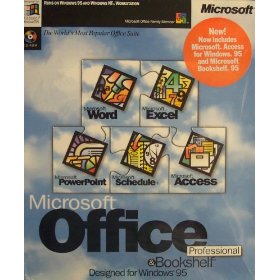September 6, 2011: Yahoo! Carol Bartz Fired via Email
Subscribe! Spotify | RSS | More
2011 – Carol Bartz sends an email to her (former) staff at Yahoo!
To all:
I am very sad to tell you that I’ve just been fired over the phone by Yahoo’s Chairman of the board. It has been my pleasure to work with all of you and I wish you only the best going forward.
-Carol
2001 – Mark Cuban and Phillip Garvin launch HDNet, the first High Definition TV signals. It was available both through cable and satellite television. The channel got some news for their exclusive HD coverage of the US invasion of Afghanistan.
Subscribe to Day In Tech History:
RSS Feed - iTunes - Android - Spotify - iHeartRadio
Facebook -
- RSS Bandwidth by Cachefly Get a 14 Day Trial
- Join me on Patreon and support Day in Tech History
- Facebook Botnets
- NBC changes from Silverlight to Flash
- MP3.com pays 250 Million

![3196554172_1a3213bba7[1] 3196554172_1a3213bba7[1]](https://dayintechhistory.com/wp-content/uploads/2013/09/3196554172_1a3213bba71-340x250.jpg)

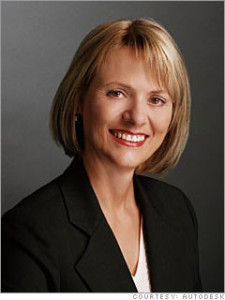

![LuLu[1] Lulu.com](https://dayintechhistory.com/wp-content/uploads/2013/09/LuLu1-340x250.jpg)
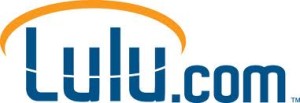

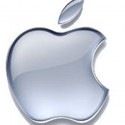
![ebay[1] eBay](https://dayintechhistory.com/wp-content/uploads/2013/09/ebay1-340x250.jpg)

![sega-logo[1] sega-logo[1]](https://dayintechhistory.com/wp-content/uploads/2012/09/sega-logo1-340x250.jpg)
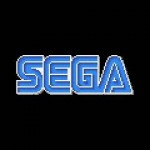
![chrome[1] Chrome](https://dayintechhistory.com/wp-content/uploads/2013/08/chrome1-340x250.jpg)
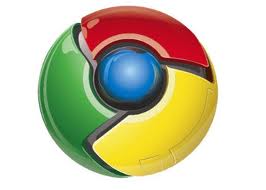
![Adobe-Aldus[1] Adobe - Aldus](https://dayintechhistory.com/wp-content/uploads/2013/08/Adobe-Aldus1-340x250.jpg)
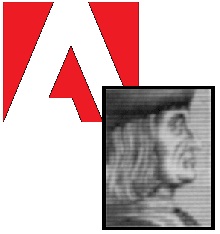
![Office-95[1] Office 95](https://dayintechhistory.com/wp-content/uploads/2013/08/Office-951-340x250.jpg)
